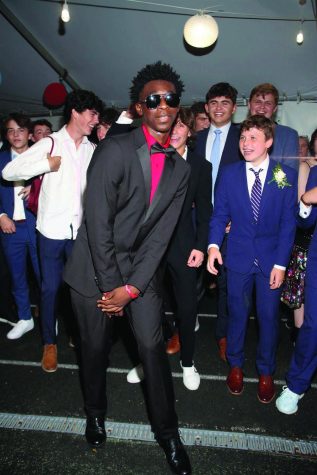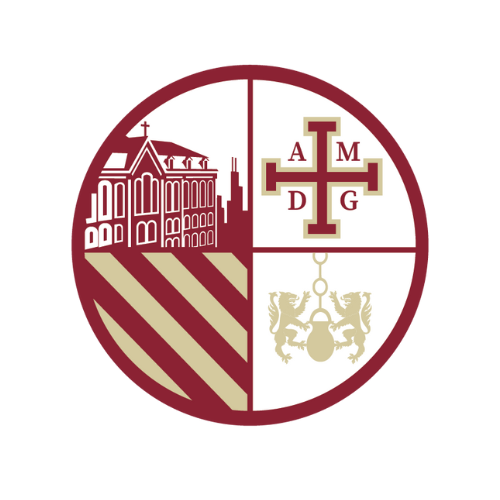Homecoming: Then vs Now
December 5, 2022
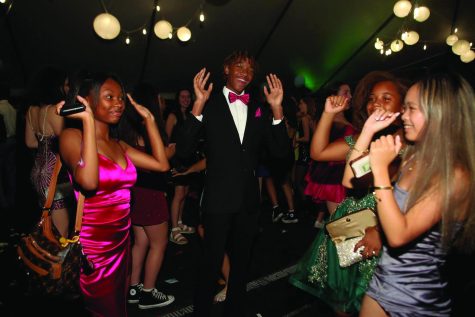
The mention of homecoming can bring about a multitude of emotions for countless American high schoolers. On one hand, it is an exciting social experience with activities that often extend beyond the dance itself, as pre- and post-parties have become commonplace. On the flip side, the thought that goes into the weeks leading up to the dance can be surprisingly stressful — how does one possibly figure out what to wear, a ride, a date without also dealing with a bit of anxiety?
Interestingly, the notion of homecoming once had nothing to do with mosh pits, parties, or the annual freakout about not receiving a Lucy in the Sky dress on time. In fact, it was a college tradition before it became largely associated with high school. In the early 1900s, homecoming was solely centered around football. Universities such as University of Illinois and University of Missouri invited alumni back to their stadium — hence the name “homecoming” — to cheer for their alma mater’s team as a way of rallying past and present students together. As the times changed, though, so did the culture surrounding homecoming. The tradition made its way into high schools across America, and the culminating feature became a dance, typically celebrated on a Saturday night.
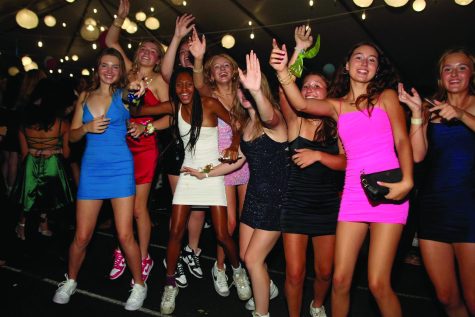
In 2022, most homecoming attendees are not focused on the football game or even the dance; rather, it is on the stress caused by making plans for both before and after the main event of the night.
While a simple concept in theory, homecoming is fairly complex in practice. To some students, it feels like an obligation to figure out every detail of the night beforehand, and with that obligation can come unnecessary stress. For girls in particular, deciding on the perfect dress is often a painstaking process of ordering from and returning to multiple different dress sites. Take the experience of Lucia Quinn ‘24, “I spent money on a dress that never showed up! I also never got a refund.” What about those that cannot afford to purchase a new dress or who simply do not wish to go through the process? As Ellie Midura ‘24 puts it, “I thought it was interesting that it was fifteen dollars to attend the dance. I think the price should have been lower.” While fifteen dollars may not seem like a lot, when combined with paying for clothes, shoes, hair, and nails it adds up. Transportation is another big cost. Junior Jai Devnani explains, “Sophomore year, I spent $150 on Ubers to and from the dance.”
Is it really just about the dance itself? According to Grace Billows ‘24, “There is such stress, especially for girls because they feel the need to impress their date or their friends. Everything goes back to their appearance–their dress, their makeup, et cetera.” Even if, in reality, no one genuinely cares about others’ appearances on homecoming night, people often get in their own heads about the level of effort they need to put into their looks. Planning the before and after of the dance can also be a great undertaking. Granted, not everyone attends pre- and post- parties, but they have become an increasingly central aspect of homecoming – for some, arguably, more than the actual dance.
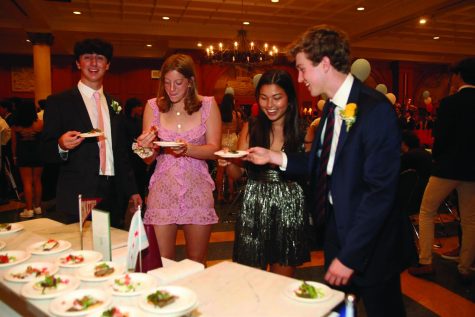
Before and after parties are a staple of any huge event, and at an Ignatius homecoming they can overshadow the dance itself. Some parties are huge and chaotic, while others are more closely-knit and down-to-earth. It seems that at Saint Ignatius, the before and after parties are particularly magnificent. Colin Chough, a junior at Saint Ignatius, describes the scene, “The before and after parties, especially the before, are so glamorous and whatnot. Everyone dresses up super fancy and things. We make it a pretty big deal, so that’s why it is so special.” 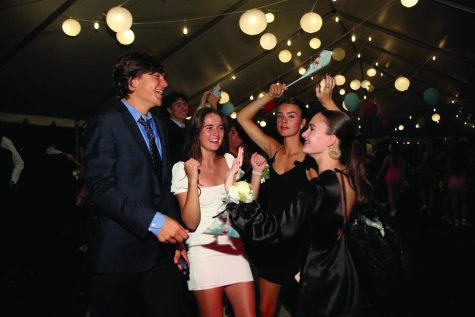
Saint Ignatius College Prep
Perhaps the most enticing aspect of any sort of pre- or post- homecoming party is simply being invited. It never feels good to be left out of something, but it does happen to everyone at one point or another in their high school careers (and usually plenty more times than just once). Midura says, “I do think there’s a big emphasis on parties, as I think that many people want to be invited.”
Homecoming began as a tradition intended to bring people together and to bring about positive feelings. Now, many would claim that the exact opposite is true. When homecoming season rolls around, students can either fixate on every little detail of the night or choose to come together as a school community.